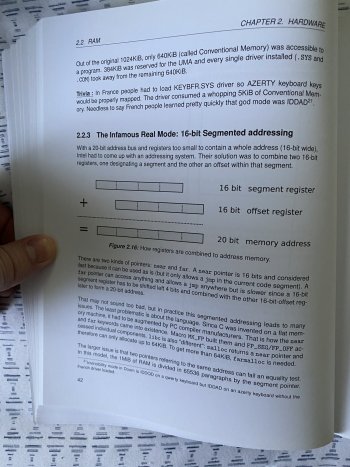By ensuring privacy and allowing E2E encryption?Apple is hardware company - I am not worried at all for the future of Apple Silicon.
If it pushes the others manufacturers on the same route of innovation - and they surpass Apple - Apple will just switch to their hardware, as they want the best inside their devices.
Biggest enemy for Apple is on the software side happening now - whole CSAM initiative is seriously shaking their privacy-first company approach.
All it’s ensuring is that people who don’t understand privacy have something to complain about.


